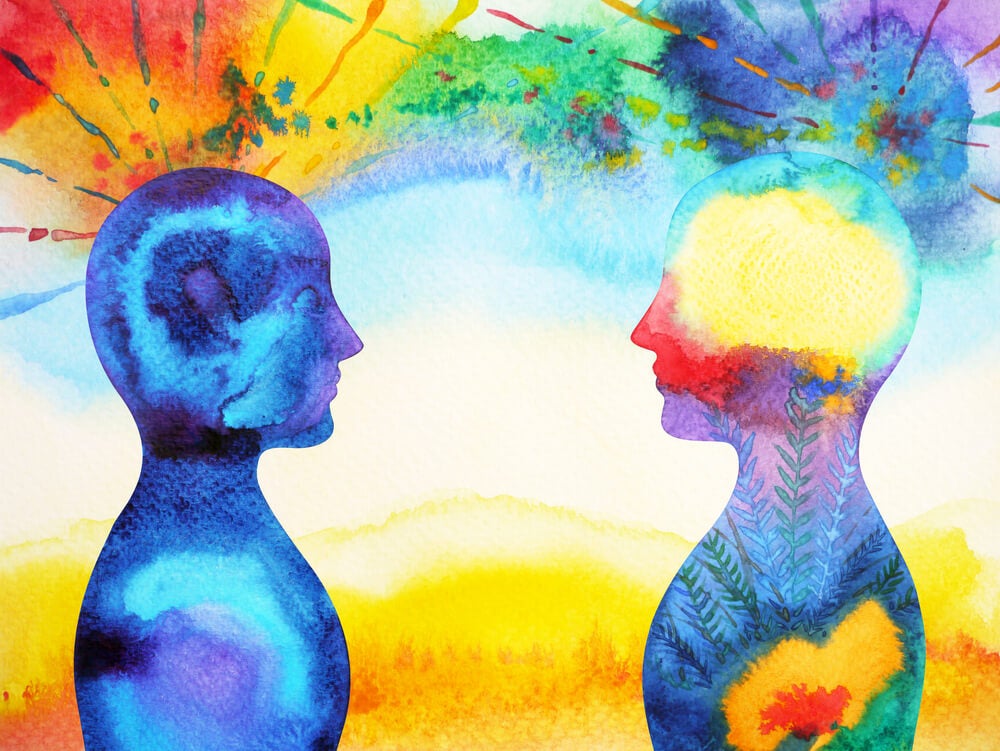Metaphorical therapy is not an independent procedure per se, but a resource that can be used by different therapeutic approaches, involves the use of metaphors to understand and overcome problematic situations, basically uses poetic and literary language, stories and fables to open consciousness.
There are ancestral cultures that, in one way or another, use metaphorical therapy to encourage the development of emotional education processes in their communities, both grandparents and shamans tell ancient stories, these stories generally do not refer to the real world events, but to symbolic episodes. The effect that occurs on those who hear these stories is cathartic, that is, the openness of consciousness.
“Art is a lie that brings us closer to the truth. ” – Pablo Picasso-
The West also uses metaphorical therapy, both colloquially and in formal psychological interventions: stories, fables, and poetry form language that points to the unconscious, have the power to take us to a field beyond reason, and help unravel the knots of feelings, thoughts, and desires that can be suppressed or hidden.
The metaphor is a symbolic construction. It is about transforming or transferring meaning from one thing to another, for that reason, in metaphor, we associate two realities that have a certain relationship between them, which allows us to substitute one for another, keeping the same meaning behind.
It’s like when someone says, “Heaven is crying. ” The phrase can be associated with rain, but it is also a way of saying that a moment is sad.
Tales, legends, fables, poems, etc. ? All these examples are metaphors, the red chaperone does not exist, it is a metaphorical representation of all the disobedient children of the world, the hadas do not exist in the real world either, but they are characters built to represent luck or divinity. Help.
All these stories have a great fascination. Whoever creates these stories lets his unconscious speak of it, however, even if this creation is consciously made, its content emerges from the unconsciousness of the creator, so they are stories that capture the unconscious of those who listen to them or those who read them.
What’s interesting is that all these metaphors have the ability to transform people from within.
From psychology studies we have already discovered that metaphors help us capture and assimilate reality from perspectives other than those we usually have, that is, they can help us to make our worldview more flexible.
Therefore, they also help us to have a different view of our personal experiences, so that we can find new way out of old problems. That’s the basis of metaphorical therapy.
When we build or open our minds to a metaphor, we put into action the right hemisphere of our brain. He is creative, intuitive and global. Very different from the left hemisphere, which is logical, rational and is almost always used to interpret things.
With the activation of these intuitive functions, we also put into practice a different way of observing, both to see the world in general and to perceive our particular situation.
Metaphors help us find solutions we haven’t seen before, the ability to see anything from another angle long ago to unlock our minds, which in turn facilitates the emergence of new answers and the visualization of new horizons, also facilitates resilience at the end of the process.
Psychotherapists, especially those who follow the lines of psychoanalysis or humanist lines, often use metaphors, which use this powerful capacity for human communication, precisely because of the benefits it can bring.
Metaphors suggest and sow rather than define and impose, their impact is much deeper and therefore ideal when we need help to change.
Since ancient times stories have been used as tools of healing, they are like a nutrient for the heart, because they arouse sleeping emotions, without violating them, and also because they lead us to see our emotional wounds with a calmer, more humane and peaceful look. .
Metaphorical also helps us appreciate reality with hope, can comfort us and help us cope with loneliness.
That’s why it’s always a good idea to be seduced by reading, especially when we’re going through a difficult problem, or when we’re overwhelmed by confusion. Good literature and good art offer answers to our discomfort and suffering. it is a place where we can always go, a refuge, a world that will always be open and willing to welcome us.

